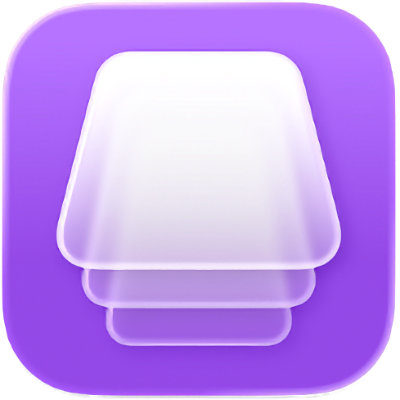
Intro to Apple Configurator for Mac
Apple Configurator is a macOS app that configures iPhone, iPad, and Apple TV.
Configure large numbers of devices
Apple Configurator lets you quickly and easily configure one or dozens of iPhone, iPad, and Apple TV devices connected to your Mac through Thunderbolt or USB or—in the case of Apple TV—wirelessly. After you connect a device, it can be seen in Apple Configurator. Simply select a single device—or many at once—and perform an action. With Apple Configurator, you’re able to update software, install apps and configuration profiles, rename and change wallpaper on devices, export device information and documents, and much more.
Apple Configurator also provides a window displaying device information—including operating system version, serial number, hardware IDs and addresses, available capacity, and log messages.
Activate devices without an internet connection
You can use Apple Configurator to activate iPhone, iPad, and Apple TV devices that have no internet connection. To do this, when you’re setting up the devices, just make sure they’re connected to a host Mac that’s connected to the internet. Administrators restore, activate, and prepare devices with all necessary apps, profiles, and documents—without connecting to Wi-Fi or cellular networks. This feature doesn’t allow an administrator to bypass any existing Activation Lock requirements normally required during nontethered activation.
Customize or automate your device configuration
Apple Configurator automates enrollment in your device management service and seamlessly distributes apps from the App Store. It does this by integrating with Apple School Manager or Apple Business Manager. The Prepare Assistant makes it easy to supervise and configure a cart of iPad devices for the classroom, or to quickly enroll a large number of devices in your device management service for ongoing management. The built-in configuration profile editor supports creating and editing profiles with the latest iOS, iPadOS, and tvOS settings.
If you’re configuring devices in an environment where consistency is critical, use Blueprints in Apple Configurator to create a custom configuration for your devices, one that can be applied with one click. You use a Blueprint as a template device—add configuration profiles and apps to it, perform actions on it, just as you would with a physical device.
You can also fully automate Apple Configurator and integrate its capabilities into existing device management workflows in Shortcuts, using the included cfgutil command-line tool, the AppleScript scripting library, or Automator Actions.
Support for iCloud Drive enables you to keep your configuration profiles and other settings consistent across multiple Apple Configurator computers.
Here’s how you use Apple Configurator to configure and deploy devices:
Create Blueprints: Blueprints let you record actions that you can apply to actual devices. You add configuration profiles and apps to Blueprints, just as you add them to a physical device. You can prepare a Blueprint so that it has the device management service information and supervision identity attached. You can also add specific actions to a Blueprint, such as putting the device into Single App Mode. After you have the Blueprint the way you want, you can apply it to devices. See Use Blueprints.
Create configuration profiles: You can change device settings, letting users automatically connect to Wi-Fi networks, preconfigure mail and Microsoft Exchange settings, and more. See Create and edit configuration profiles.
Prepare devices: Configure one device first, then deploy that configuration to multiple devices at once. Preparing devices is a great deployment option for enterprise organizations and schools that provide devices to employees or students for their day-to-day use. You can reuse devices the organization already owns, or you can begin with new ones. See Intro to preparing devices.
Revive and restore Apple devices
In certain circumstances, you may need to revive or restore an iPhone, iPad, Apple TV, or Apple Vision Pro.
For iPhone, iPad, and Apple TV, see Revive an iPhone, iPad, or Apple TV.
For Apple Vision Pro, see Restore an Apple Vision Pro.
For Mac computers, see the Apple Support article How to revive or restore Mac firmware.
Device | Revive | Restore |
|---|---|---|
iPhone | User data may be retained if recoverable. | User data is erased. Erases and reinstalls latest version of iOS. |
iPad | User data may be retained if recoverable. | User data is erased. Erases and reinstalls latest version of iPadOS. |
Apple TV | User data may be retained if recoverable. | User data is erased. Erases and reinstalls latest version of tvOS. |
Apple Vision Pro | User data may be retained if recoverable. | User data is erased. Erases and reinstalls latest version of visionOS. |